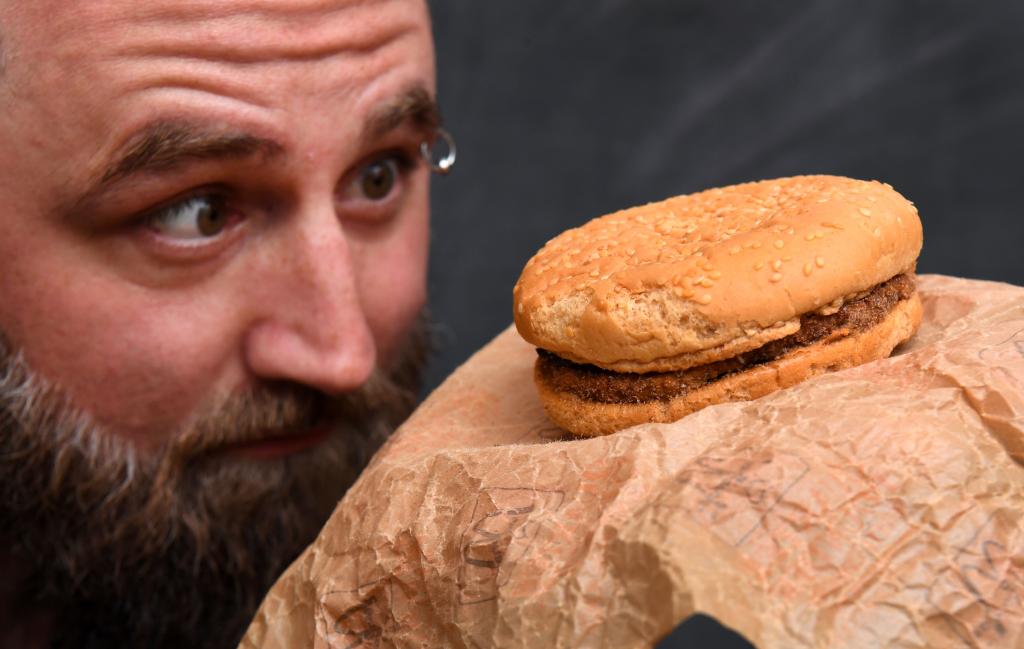An Australian man named Casey Dean purchased a Quarter Pounder with cheese from McDonald’s in Adelaide in 1995 when he was a teenager, alongside his friend Eduards Nits. The two friends jokingly decided to keep the burger forever, dubbing it their “mate.” Surprisingly, nearly three decades later, the burger remains intact with no signs of decay, despite being stored in a cardboard and timber box for most of its life, including a decade in a stuffy shed in Adelaide. Dean has turned down offers to part with the burger, insisting that it is the world’s oldest based on the waxy paper and cardboard ring around it dating back to the mid-90s.
In 2020, a man in Utah named David Whipple claimed to have the “world’s oldest” burger after revealing a McDonald’s burger from 1999 that still looked fresh. Whipple had initially bought the burger for a presentation on deterioration but forgot about it in his coat pocket for 14 years, only to find it looking as good as new. This discovery casts doubts on Dean’s claim of having the world’s oldest burger. McDonald’s has attributed the longevity of their food to a dry environment that inhibits mold and bacteria growth. They suggest that the burgers seen in these cases have likely dehydrated, making them look intact despite their age.
Despite the skeptics and claims of owning the world’s oldest McDonald’s burger, the mystery behind these seemingly immortal fast food items remains unsolved. What makes these burgers defy the natural process of decay and decomposition is unclear. Some believe that the dry environment they are stored in may play a significant role in preserving them for such extended periods. McDonald’s contends that similar results can be observed with homemade food left to dehydrate. The company emphasizes that the burgers are likely dehydrated and dried out, not the same as the day they were purchased, despite their appearance.
The story of Dean and Nits and their ageless Quarter Pounder has captured the attention of many people around the world. The idea of keeping a burger for nearly 30 years as a prized possession is both intriguing and amusing. The fact that the burger has never shown signs of mold or decay adds to its mystique and sparks debate among individuals about the science behind its preservation. The longevity of this particular Quarter Pounder raises questions about the nature of fast food and its ability to withstand the test of time, attracting both curiosity and skepticism from various quarters.
The concept of preserving a McDonald’s burger for decades as a novelty item may seem bizarre to some, but for Dean and Nits, it has become a source of amusement and wonder. The sentimental value attached to the Quarter Pounder, which they affectionately refer to as their “mate,” goes beyond its actual age. Despite the challenges of keeping the burger safe from rodents and environmental conditions, Dean has remained steadfast in his decision to hold onto it, rejecting offers to sell or part with his unusual keepsake. The ongoing debate over the world’s oldest McDonald’s burger continues to intrigue and fascinate audiences worldwide, sparking discussions about the nature of fast food and the science behind its preservation for unusually long periods.


